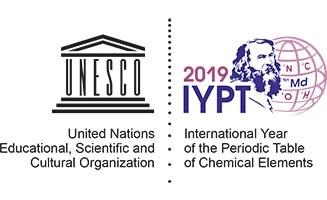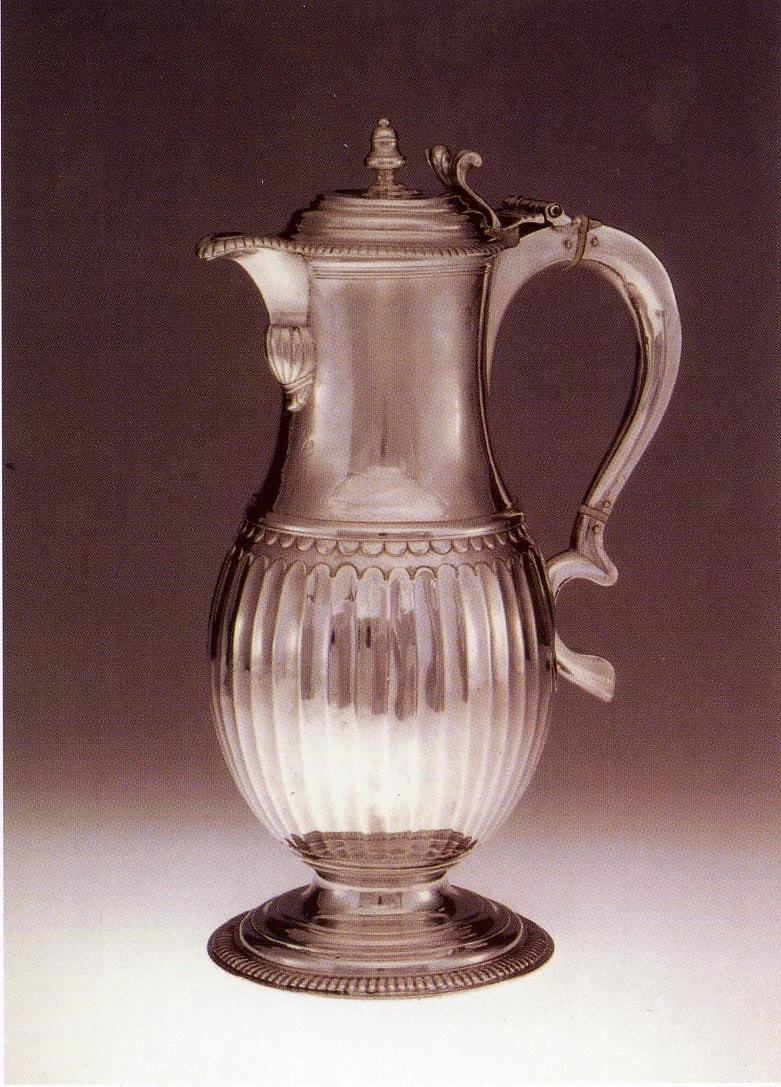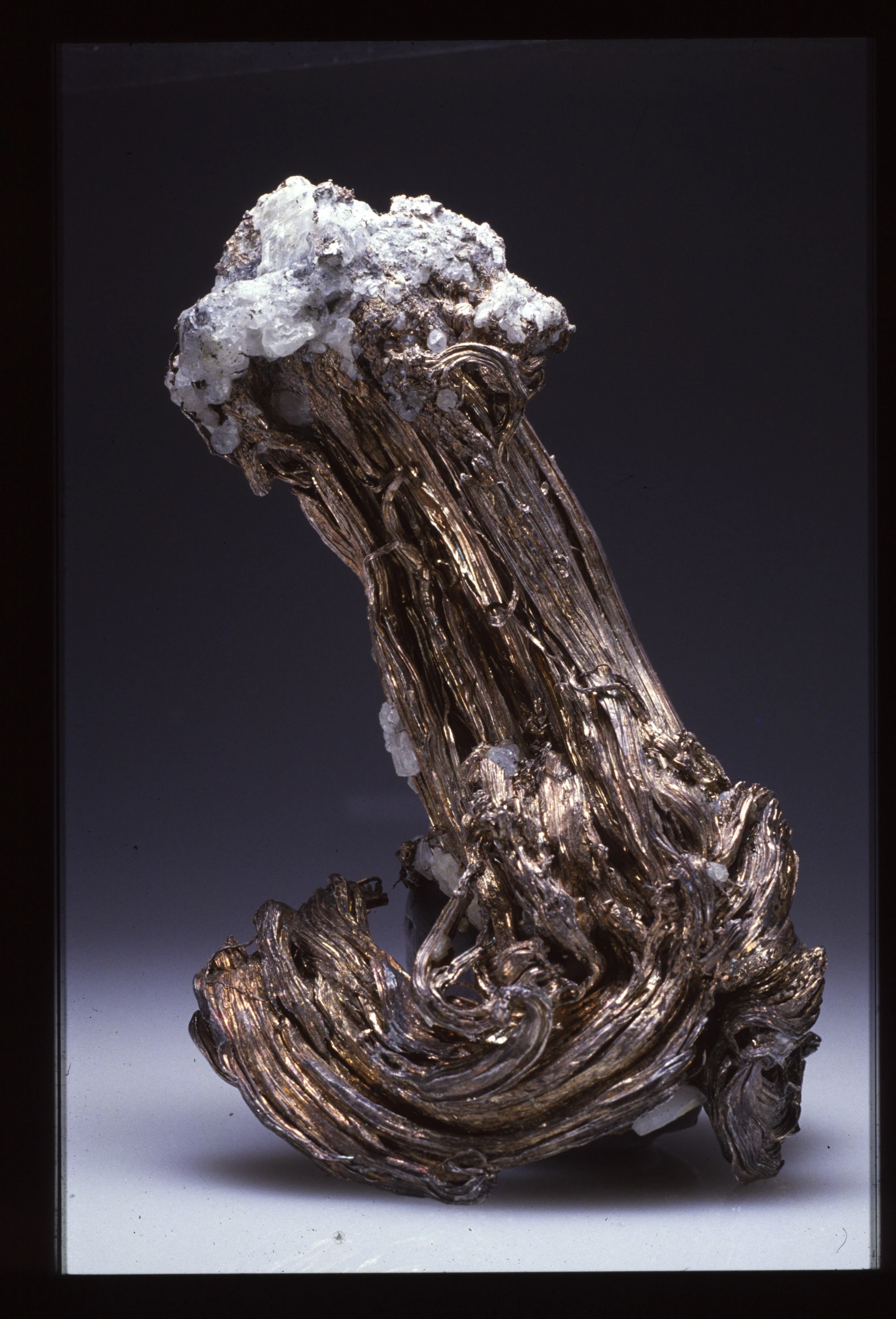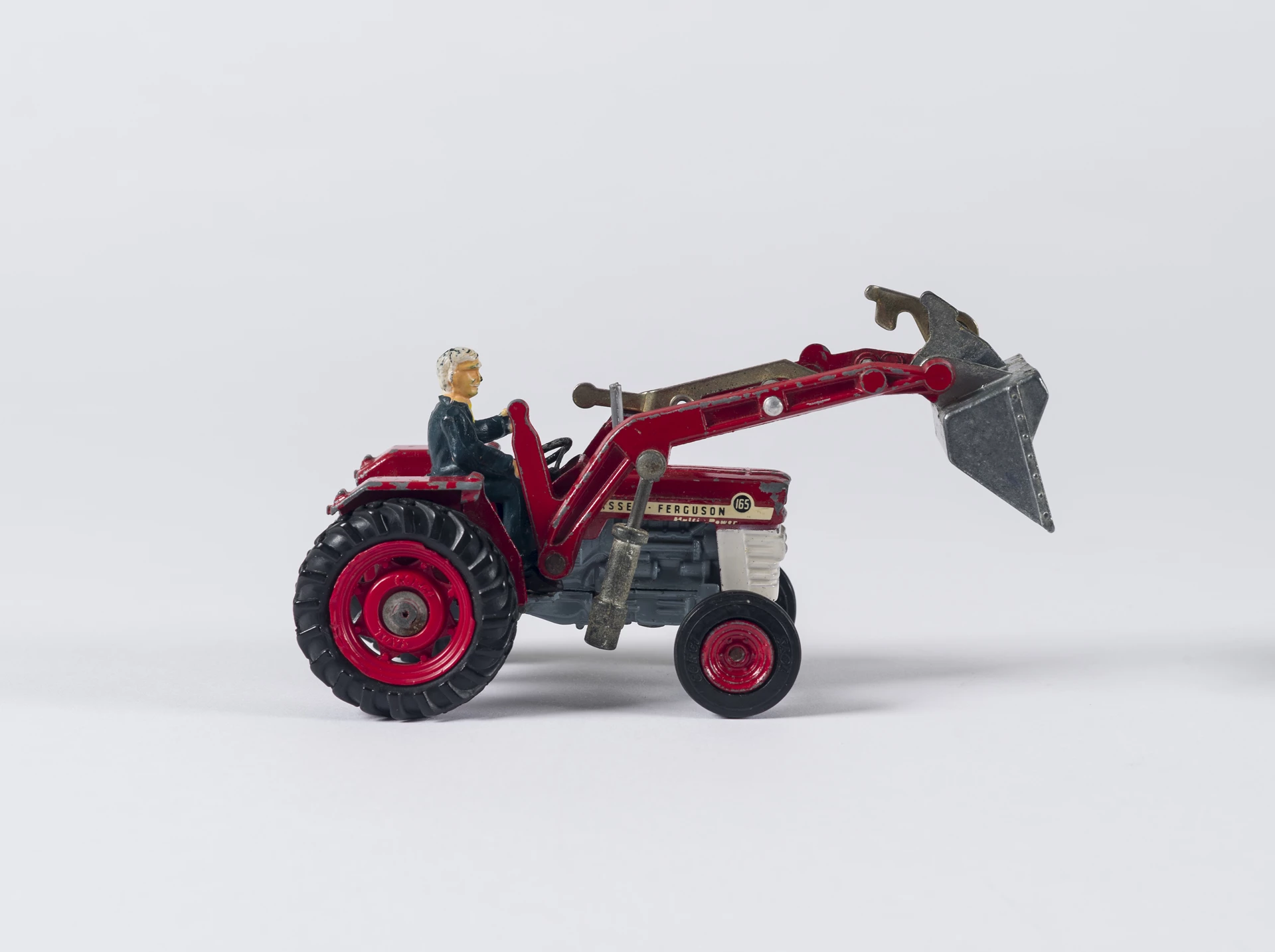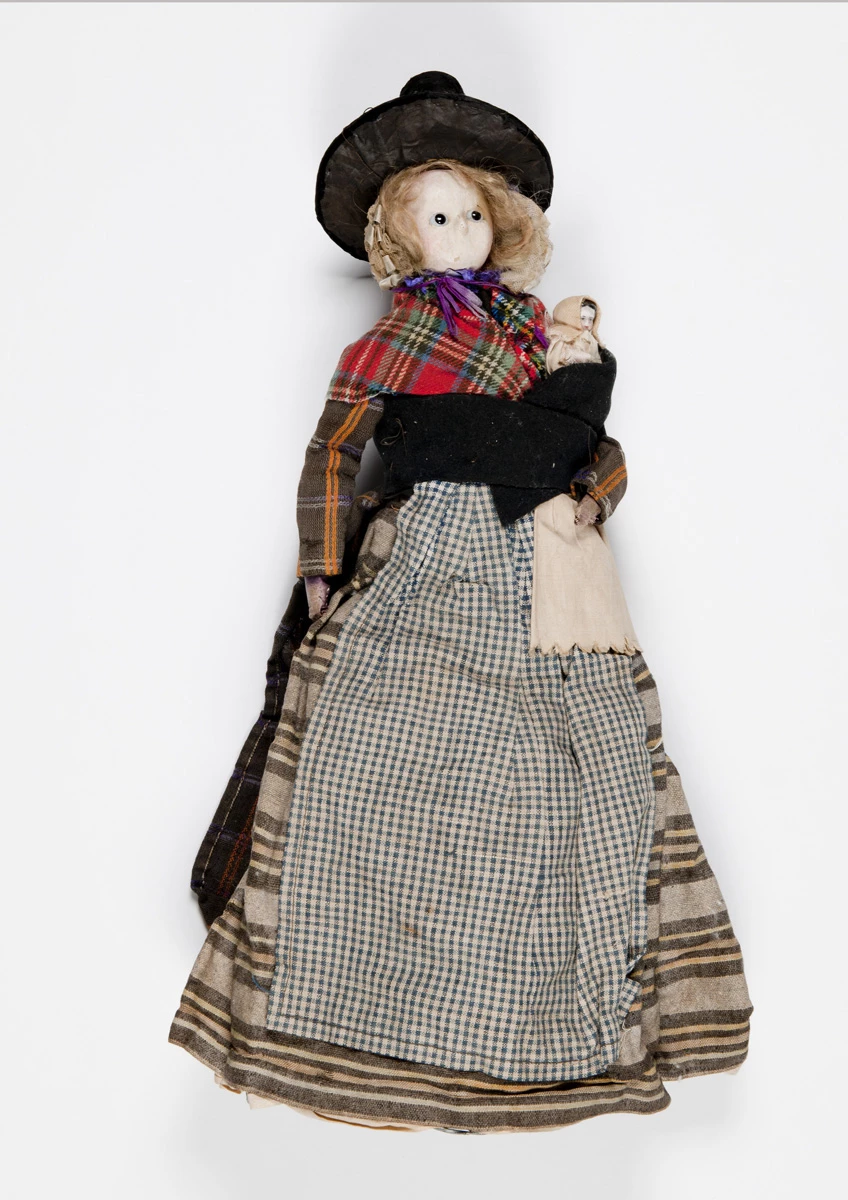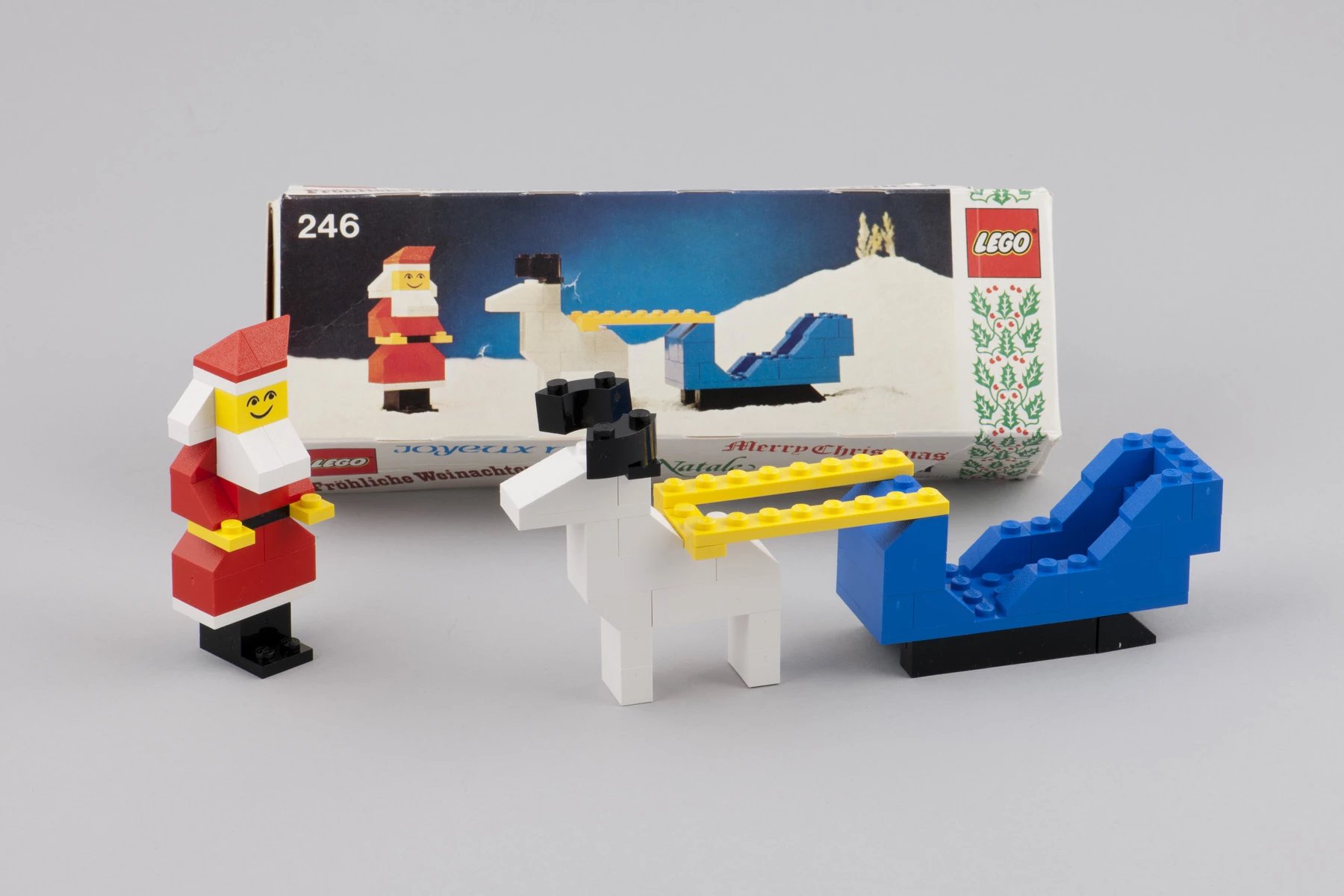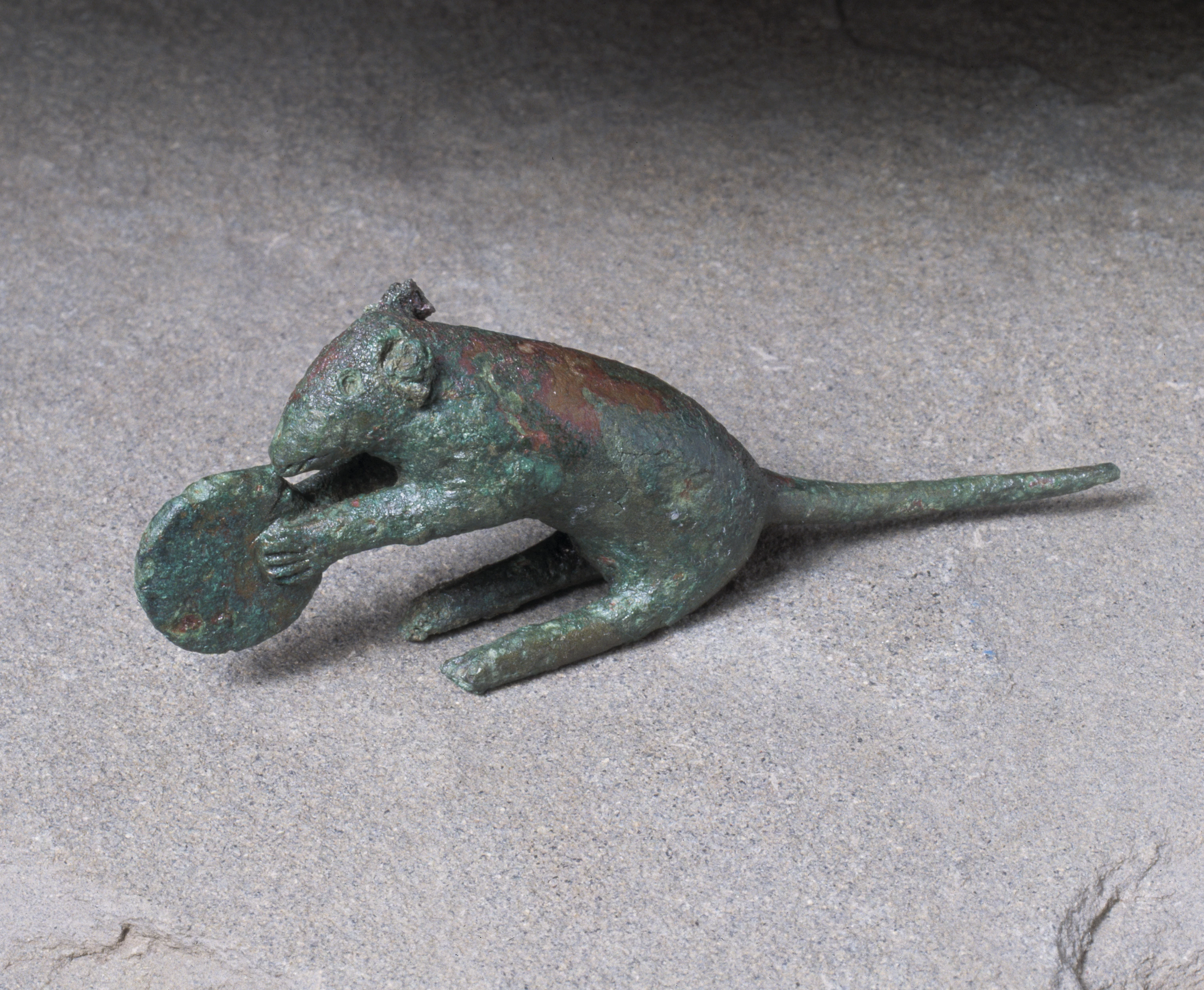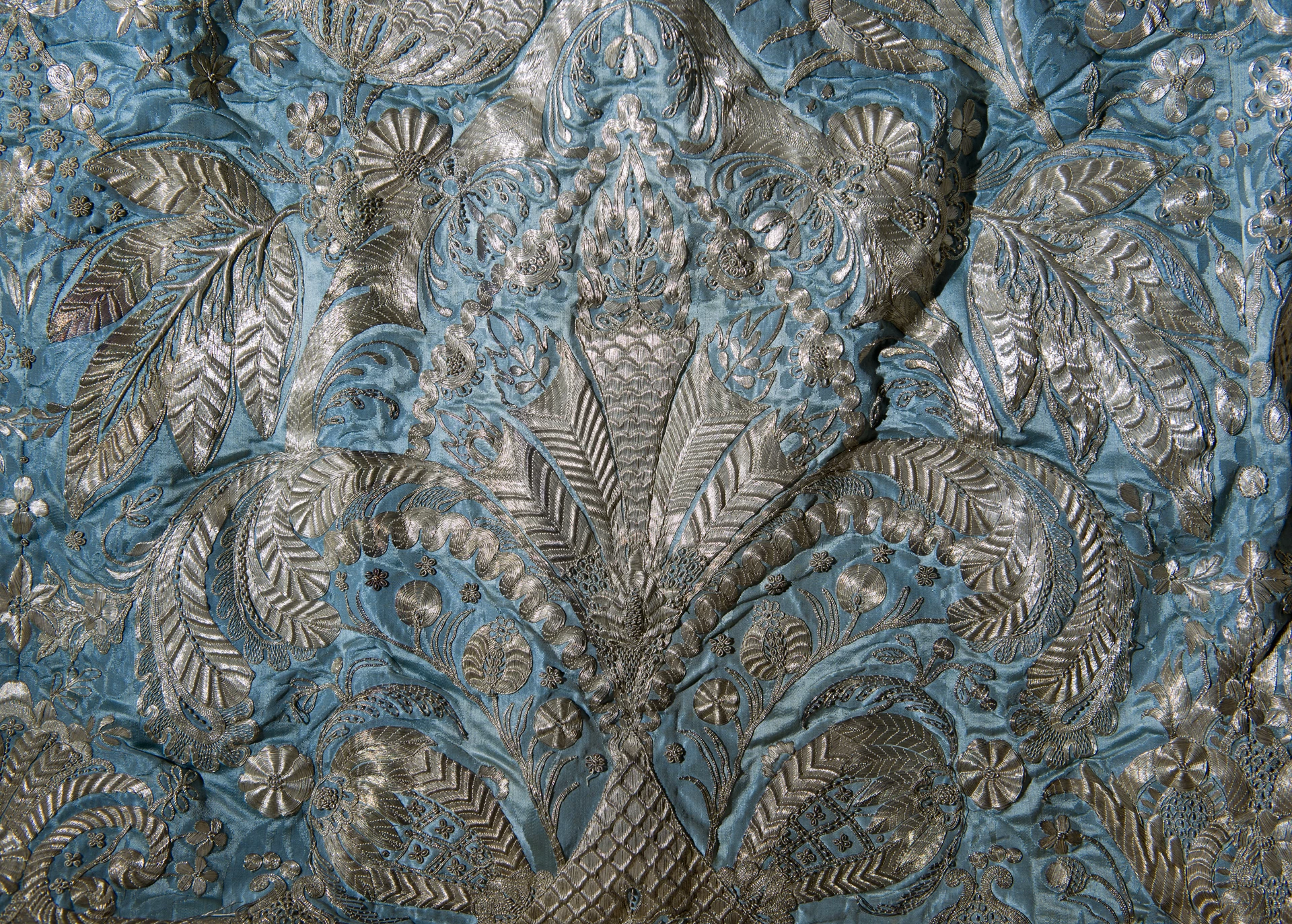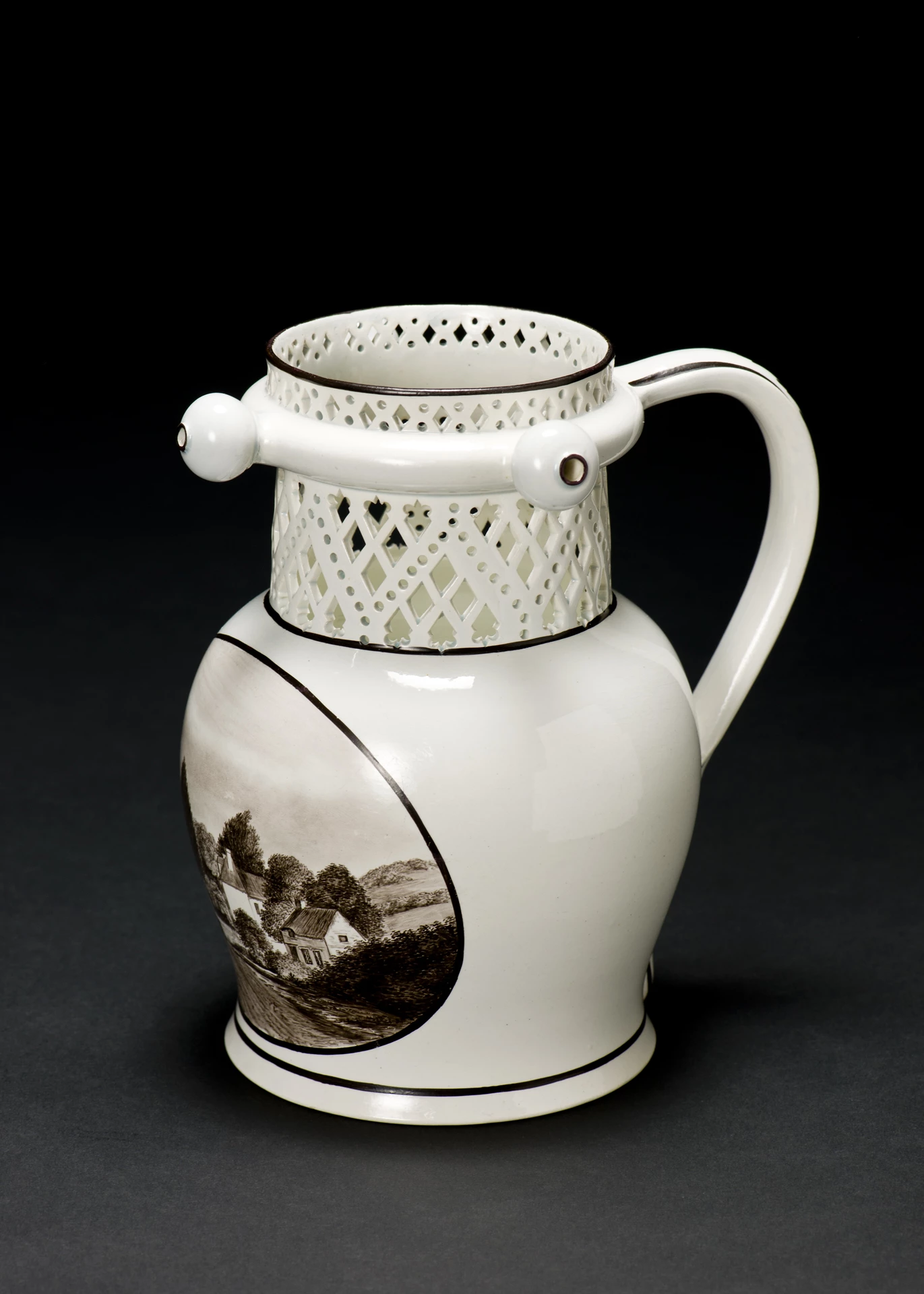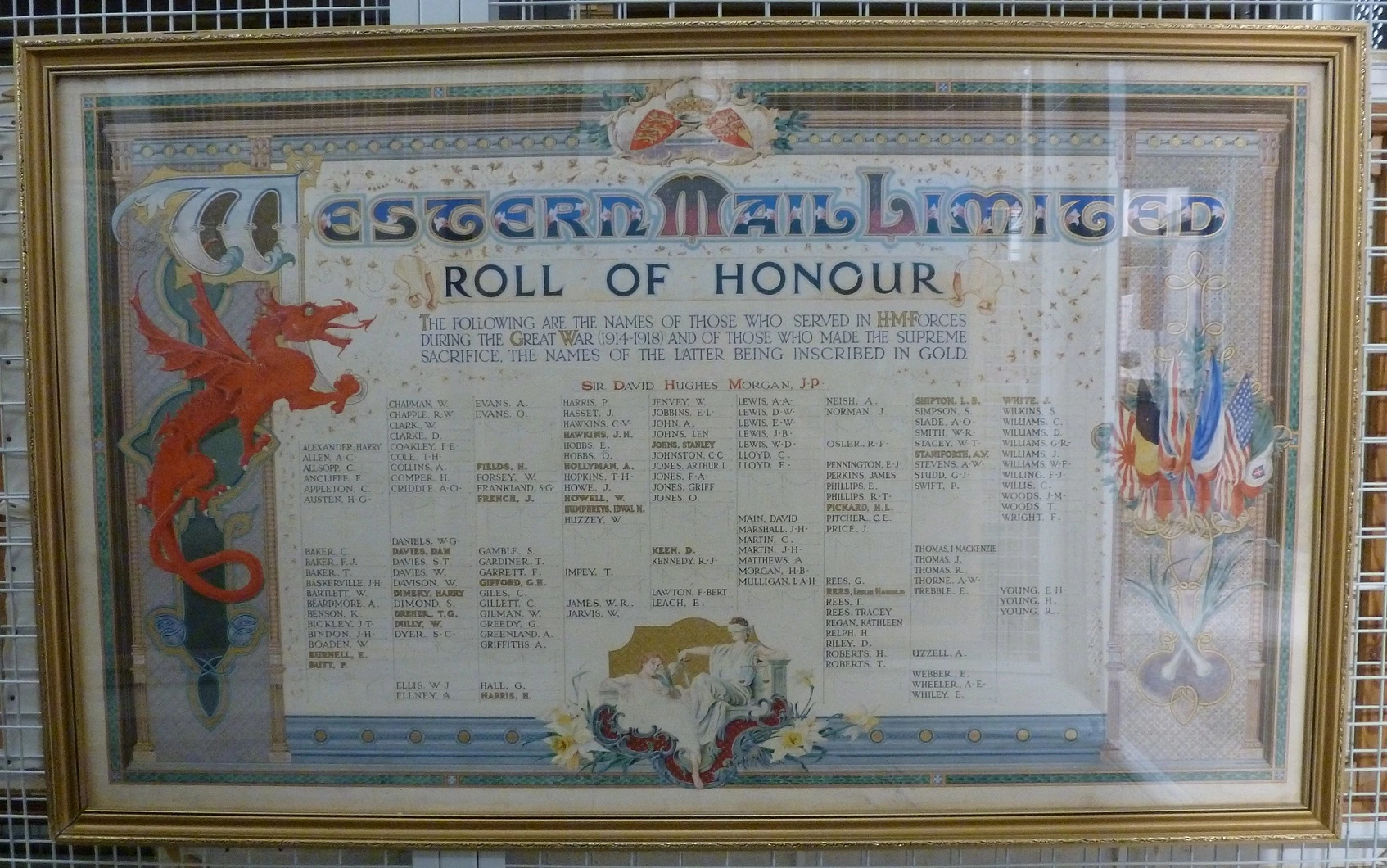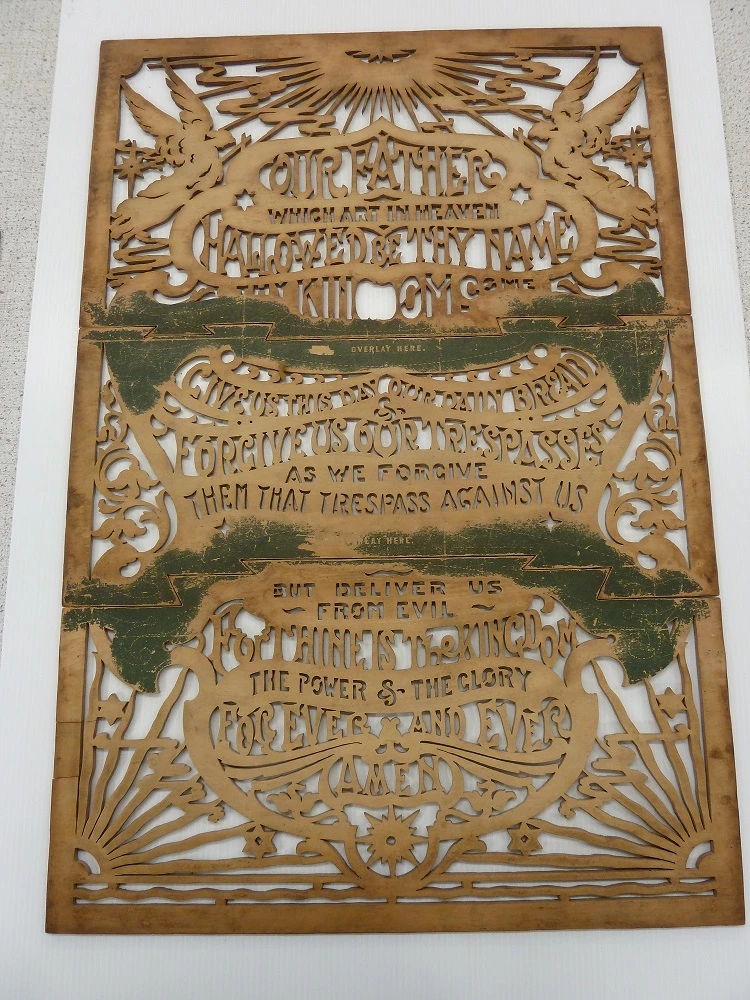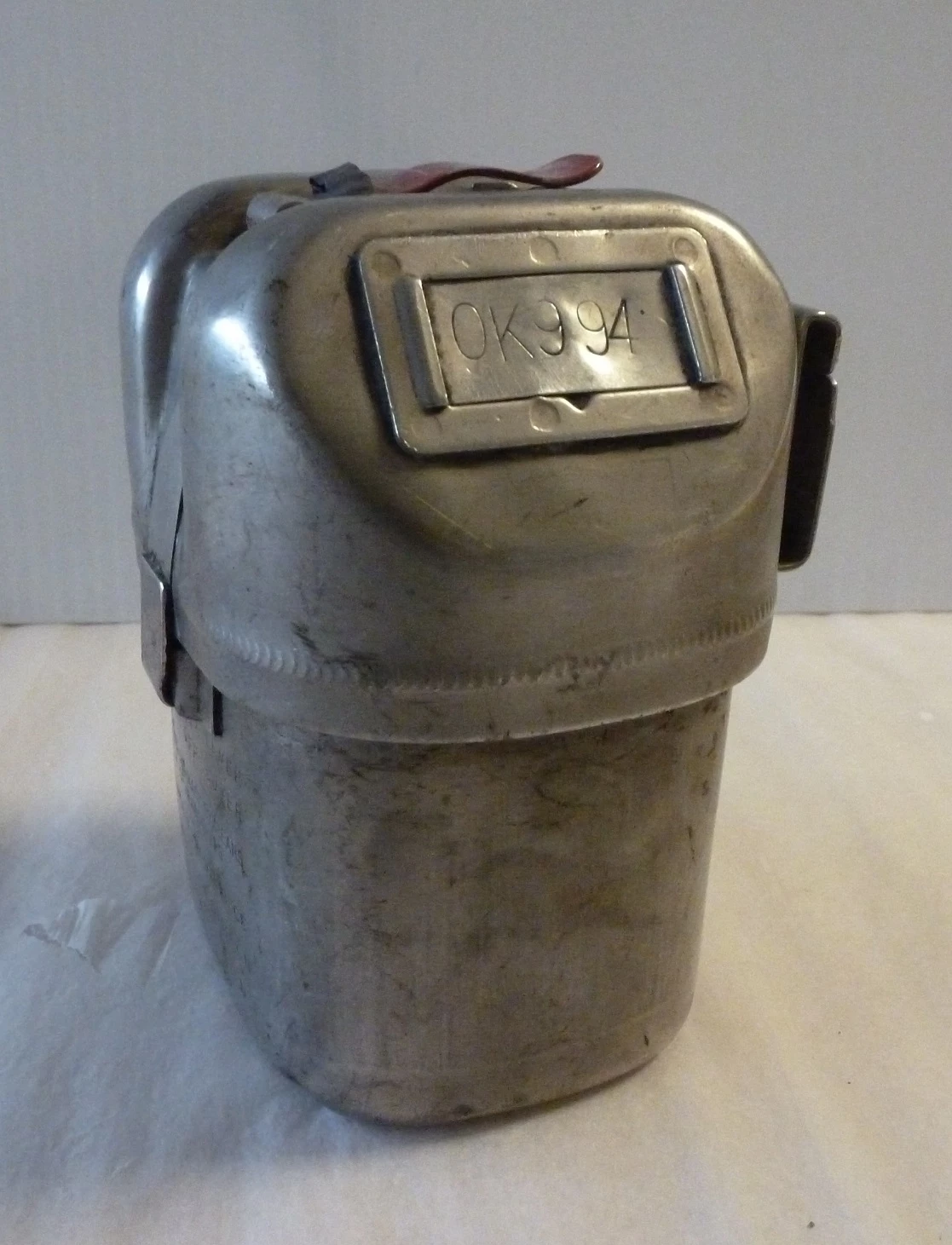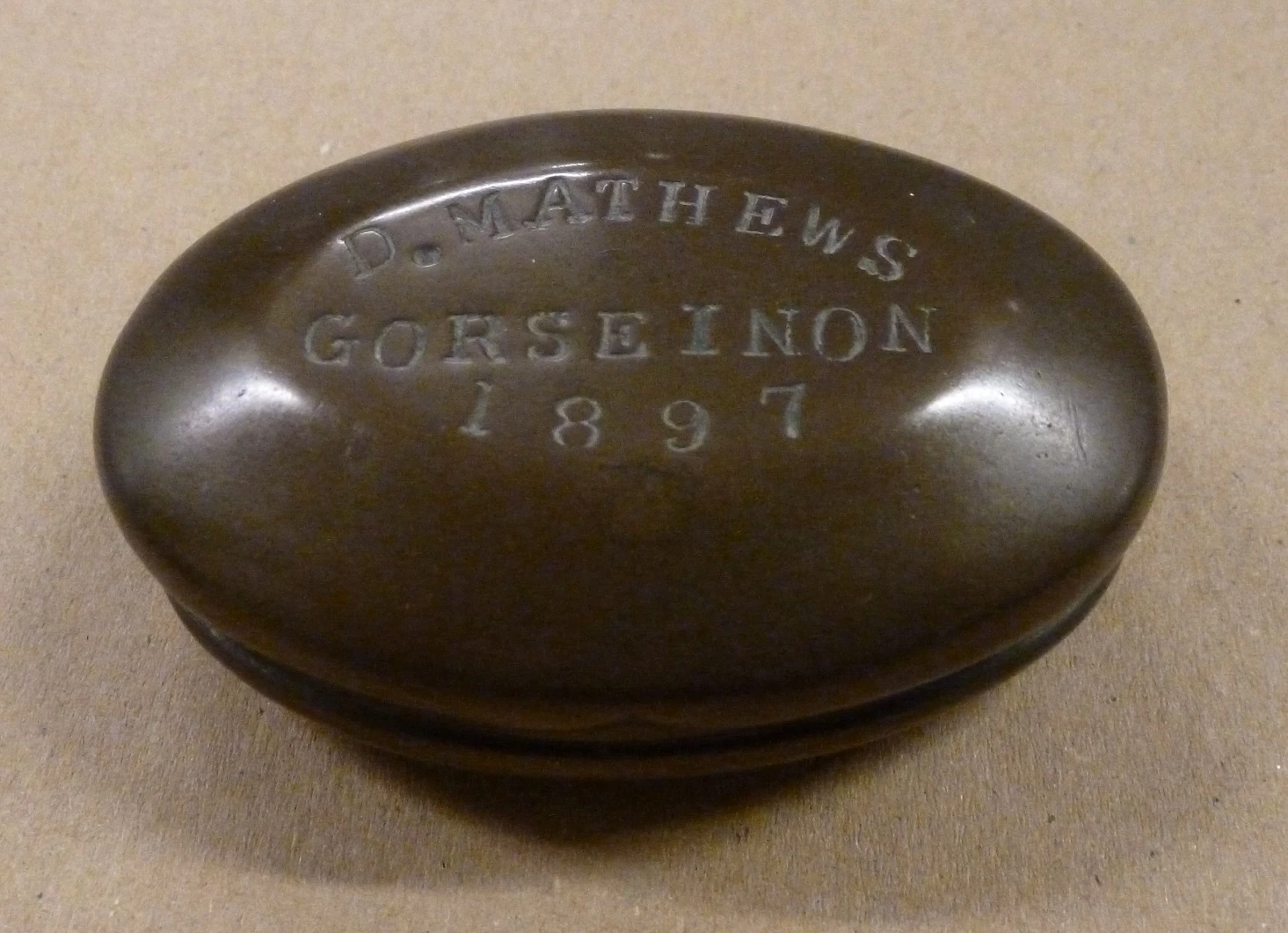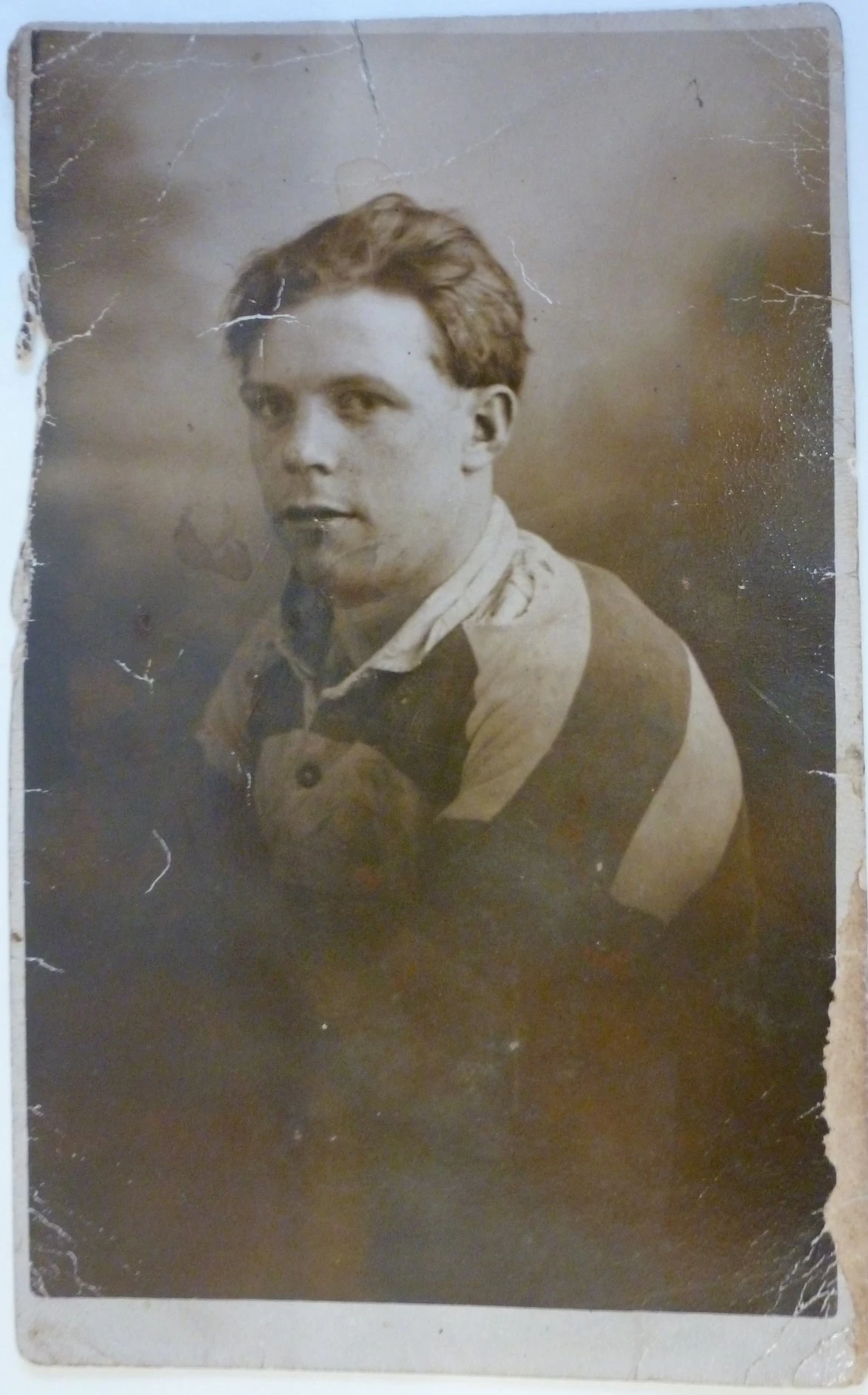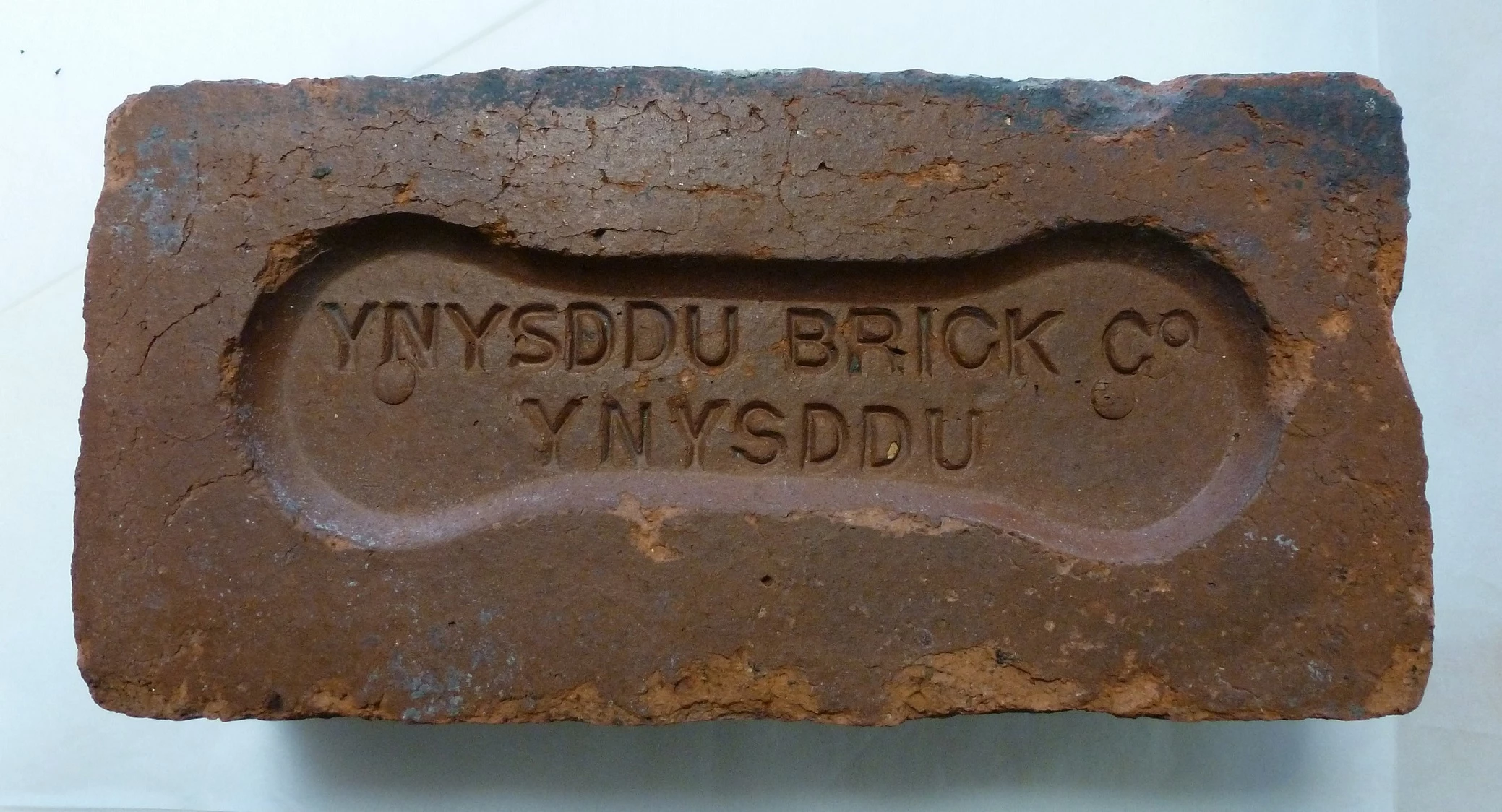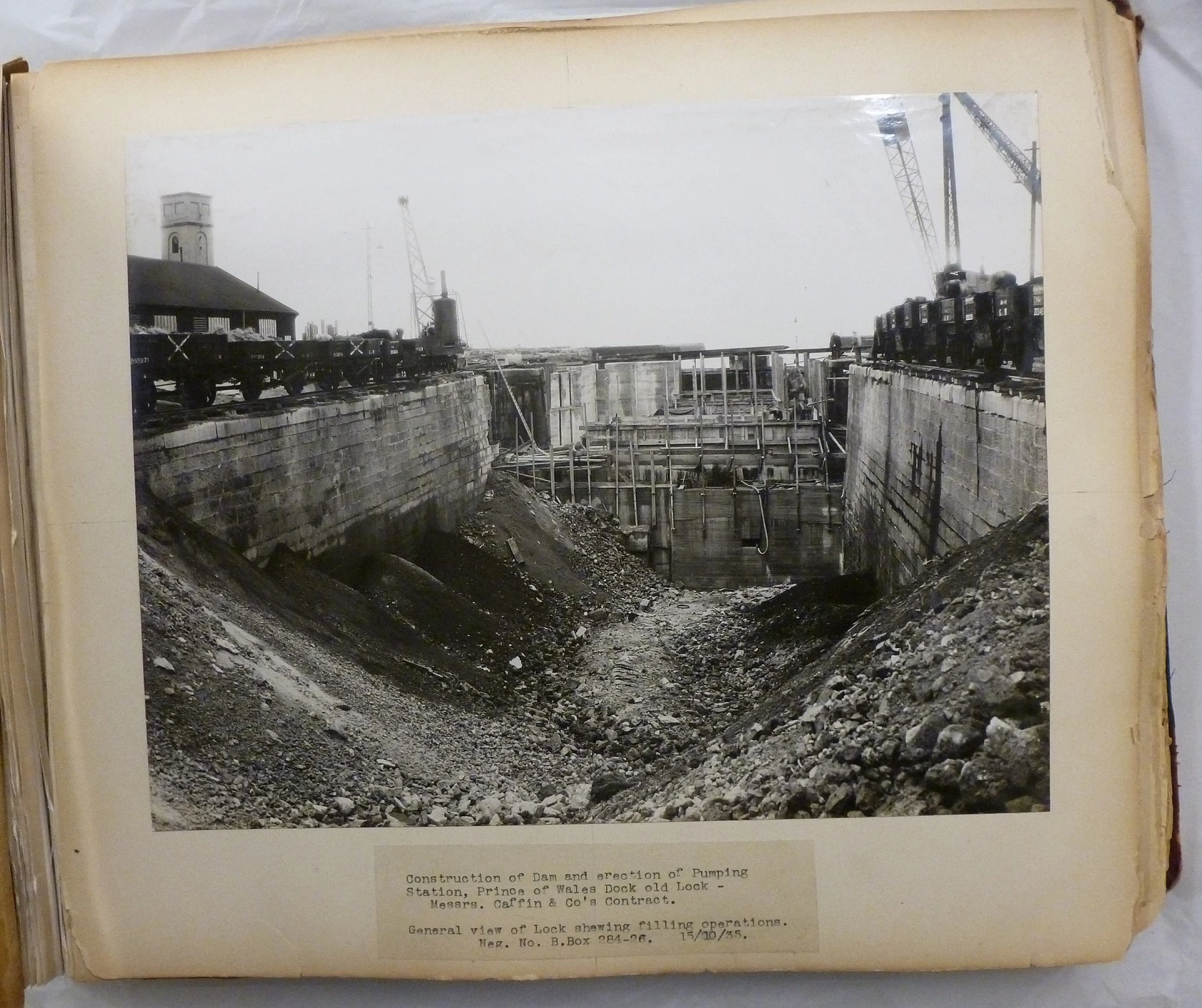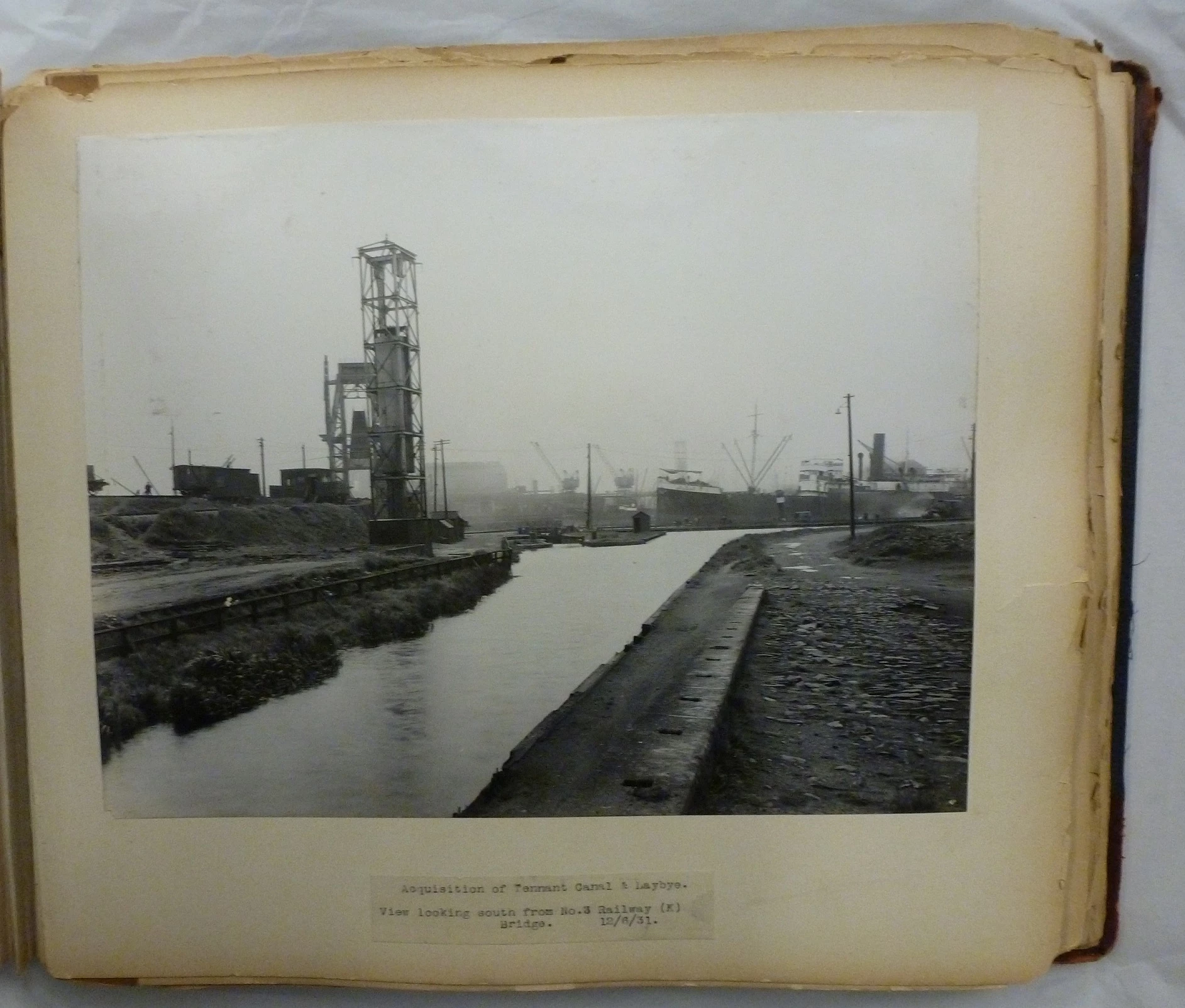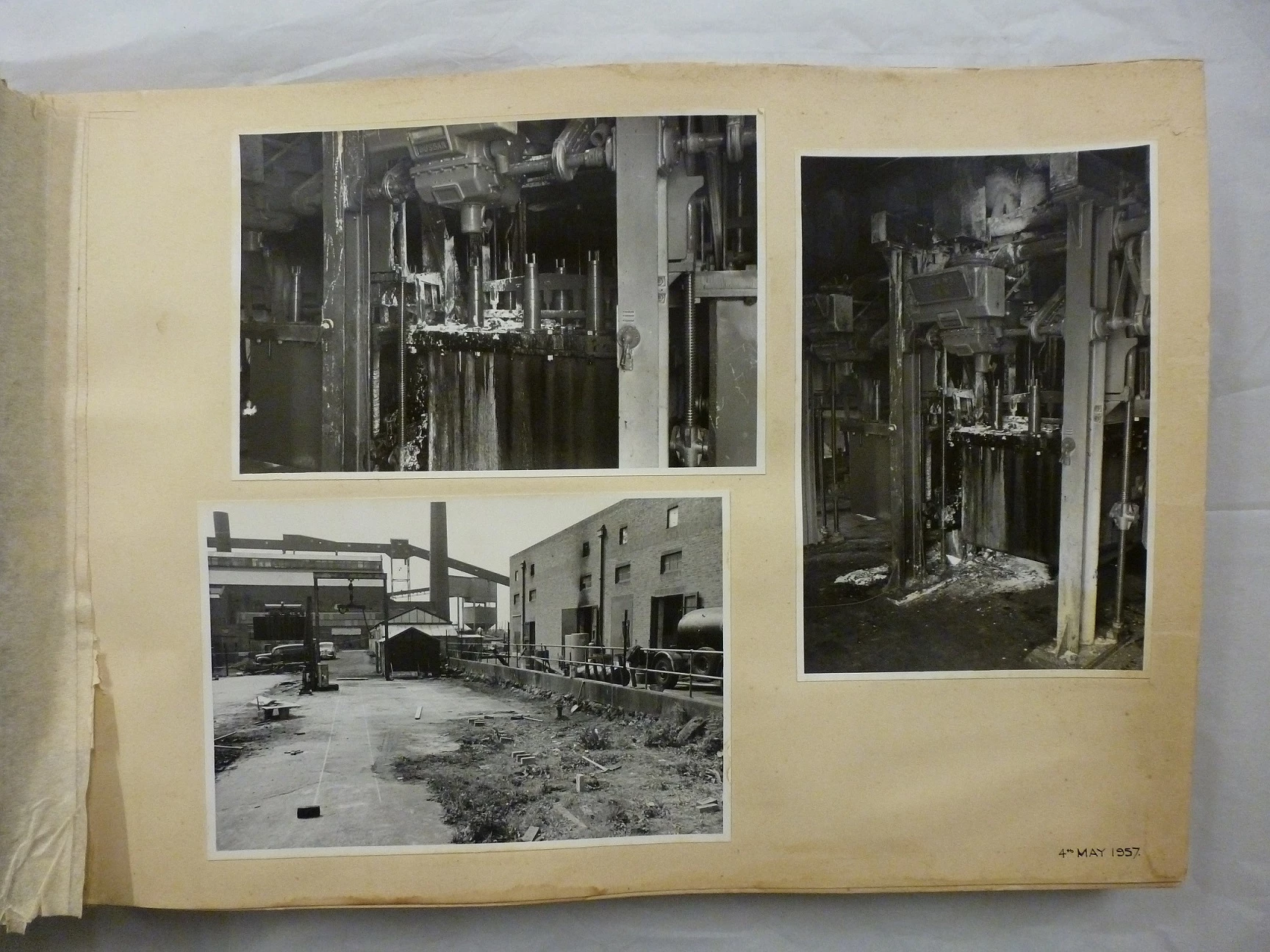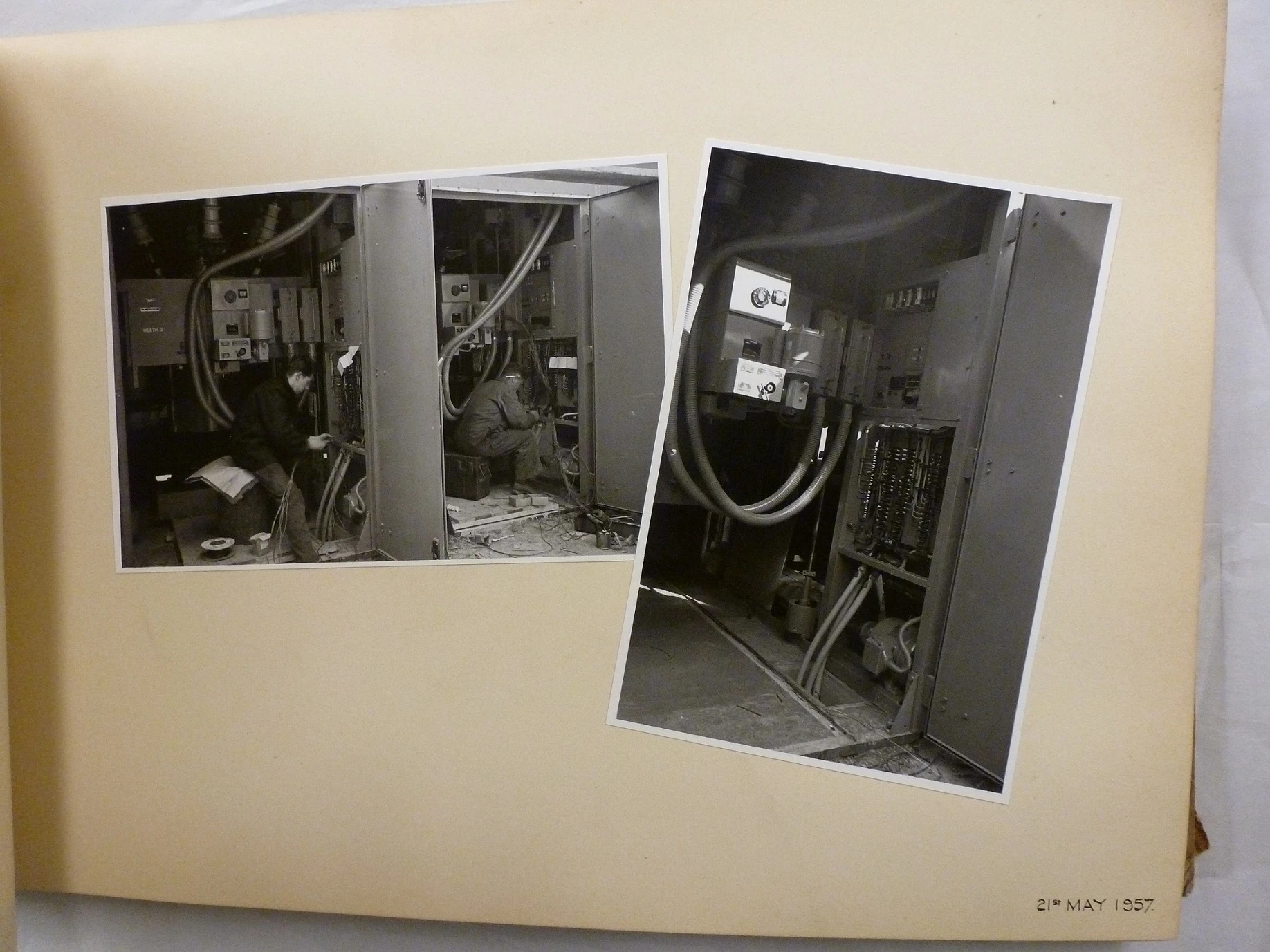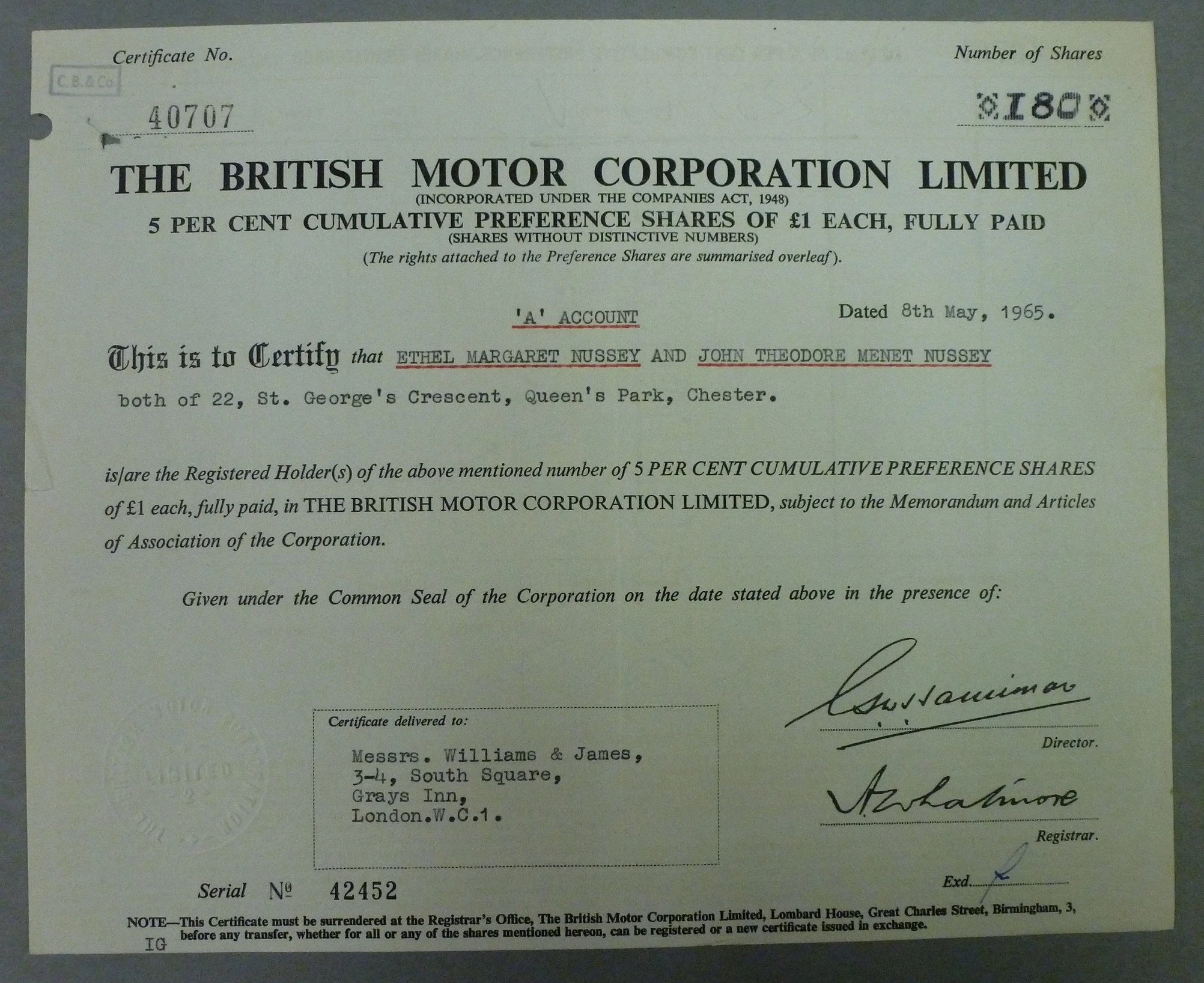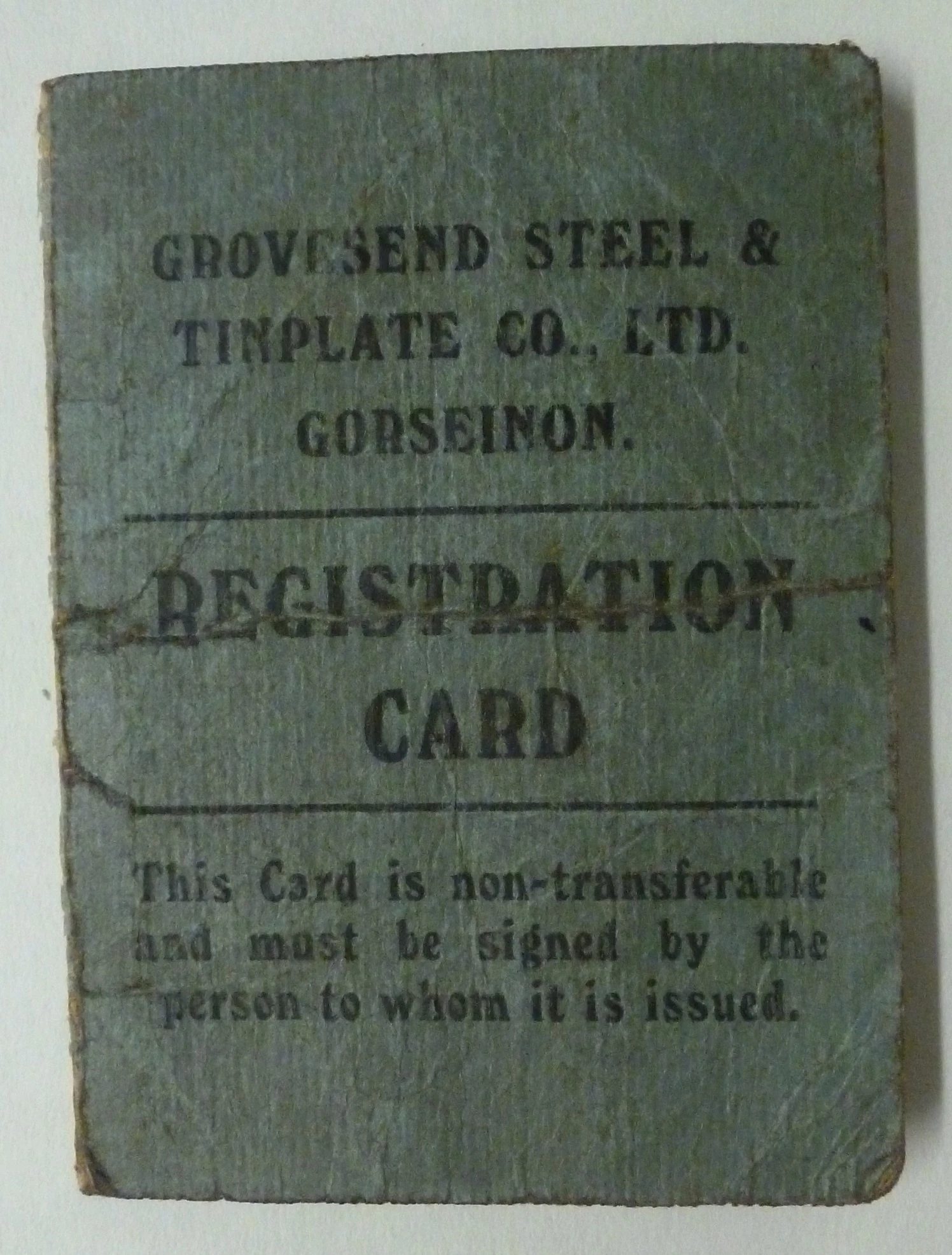2019 - Y Cenhedloedd Unedig yn nodi blwyddyn ryngwladol yr elfennau cemegol
, 14 Ionawr 2019
I gydnabod hyn, bydd Amgueddfa Cymru yn cynnal cyfres o flogiau misol, pob un yn trafod gwahanol elfen gemegol a’i harwyddocâd i Gymru. Cadwch lygad yn agored am y rhain trwy gydol y flwyddyn ar ein gwefan.
I ddechrau ein cyfres o flogiau, ym mis Ionawr rydym yn trafod arian.
Mae arian (symbol cemegol – Ag), rhif atomig 47, yn un o saith metel gwreiddiol alcemi a châi ei gynrychioli gan symbol y lleuad ar gynnydd. Mae arian yn fetel gwerthfawr ond ni fu erioed mor werthfawr ag aur.
Mae arian wedi chwarae rhan bwysig yn hanes Cymru ond nid yw hyn yn cael llawer o sylw. Yn rhan fwyaf gogleddol Ceredigion, ger pentref Goginan, mae nifer o hen fwyngloddiau a fu ymhlith cynhyrchwyr arian mwyaf toreithiog Ynysoedd Prydain. Mae bron yn sicr bod y Rhufeiniaid wedi darganfod y gwythiennau o fwynau llawn metelau yn y ddaear, ond y Frenhines Elisabeth I oedd yn gyfrifol am eu datblygu fel mwyngloddiau arian.
Dywed rhai mai Thomas Smythe, Prif Swyddog Tollau Porthladd Llundain a ddarganfu’r swm sylweddol cyntaf o arian ym mwynglawdd Cwmsymlog ym 1583. Mae’n llawer mwy tebygol mai Ulrich Frosse, peiriannydd mwyngloddio o’r Almaen a wnaeth y darganfyddiad a rhoi gwybod i Smythe. Roedd ganddo ef brofiad o gloddio am arian ac ymwelodd â’r mwynglawdd tua'r un pryd â Smythe. Yn ystod teyrnasiad Elisabeth I, amcangyfrifir bod pedair tunnell o arian wedi’i gloddio o fwyngloddiau Ceredigion.
Gwnaeth y Brenin J I a’r Brenin Siarl I elw sylweddol o’r mwyngloddiau (cynhyrchwyd 7 tunnell yn nheyrnasiad y naill a 100 tunnell yn nheyrnasiad y llall). Yn wir, ym 1638, penderfynodd Siarl I sefydlu bathdy yng Nghastell Aberystwyth gerllaw. Oherwydd ei lwyddiant, cafodd ei ddinistrio gan Oliver Cromwell a’r Seneddwyr yn ystod Rhyfel Cartref Lloegr ym 1646.
Mae gan Amgueddfa Cymru enghreifftiau o’r llu o ddarnau arian bath wedi’u gwneud o arian a fathwyd yn Aberystwyth. Un peth sy’n nodweddiadol ohonynt yw’r tair pluen ar y naill ochr a’r llall. Mae nod y llyfr bychan agored ar y darnau’n dangos mai Thomas Bushell a gafodd yr arian o fwyngloddiau Ceredigion a ran y Company of Mines Royal.
Mae'r mapiau a'r planiau a gynhyrchwyd i farchnata'r mwyngloddiau arian i fuddsoddwyr ymhlith y rhai cynharaf i'w cynhyrchu ym Mhrydain. Yn Llyfrgell Amgueddfa Cymru, mae sawl fersiwn o fapiau William Waller a gynhyrchwyd ar gyfer y Company of Mine Adventurers ym 1693 a 1704 ynghyd â Fodinae Regales Syr John Pettus a gyhoeddwyd ym 1670.
Cafodd un o’r mwyngloddiau, Bwlch yr Esgair Hir, ei frolio fel Potosi Cymru a defnyddiwyd peth o’r arian a gloddiwyd yno i wneud jwg ddŵr ac arni'r arysgrif ‘The Mines of Bwlch-yr-Eskir-hir’, tua 1692. Fodd bynnag, methiant oedd y mwynglawdd. Ni chynhyrchwyd cymaint o arian â’r disgwyl erioed ond problem ddaearegol oedd hyn yn hytrach na diffyg yn y dulliau cloddio. Efallai bod y safle’n fwyaf adnabyddus am ei ran mewn achos cyfreithiol yn erbyn rheolaeth y Goron dros fetelau gwerthfawr. Dygwyd yr achos gan y tirfeddiannwr Syr Carbery Pryse yn 1693 a rhoddodd derfyn ar ormes y Mines Royal.
Parhawyd i fwyngloddio arian mewn modd cynhyrchiol yng ngogledd Ceredigion, yn gyntaf o dan y Company of Mine Adventurers ac yna, trwy gydol y Chwyldro Diwydiannol, gan nifer o gwmnïau preifat. Cynhyrchwyd cyfanswm o dros 150 tunnell o fetel arian yn y rhan hon o Gymru.
Yn rhyfedd iawn, cymerodd tan y 1980au i ddaearegwyr adnabod y mwyn sy’n gyfrifol am fod cymaint o arian yr y rhan fechan hon o Gymru. Ei enw yw tetrahedrit – mwyn yn cynnwys copr, sinc, haearn ac antimoni sylffid – ac mae arian yn gallu cymryd lle peth o’r copr, y sinc a’r haearn sydd ynddo. Cofnodwyd bod hyd at 18%, yn ôl pwysau, o’r tetrahedrit o fwynglawdd Esgair Hir yn arian. Mae sbesimenau pwysig o fwynau a ddefnyddiwyd i adnabod y tetrahedrit yn cael eu cadw yn ein casgliadau daearegol yn yr Amgueddfa.
Nid oes metel arian naturiol yn weladwy yn yr un o fwyngloddiau Cymru ond mae rhai o’r enghreifftiau gorau yn y byd gan yr Amgueddfa yn ei chasgliad o fwynau. Mae’r sbesimenau, o fwynglawdd Kongsberg yn Norwy, o ansawdd eithriadol a chawsant eu caffael yn yr 1980au fel rhan o gasgliad R. J. King.
